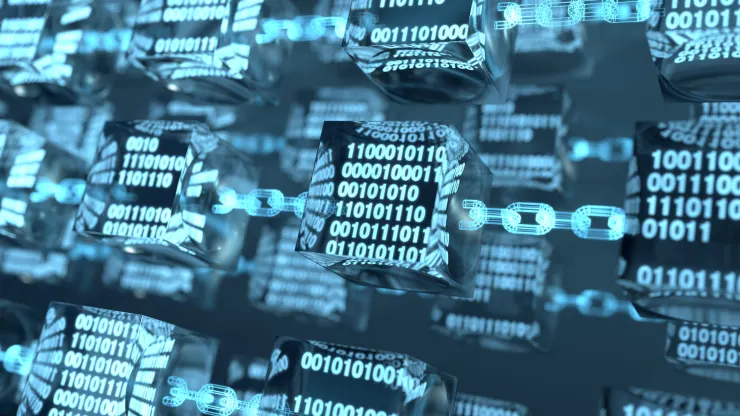Tokenizing real-world assets on blockchains is for crypto lovers.

Even crypto natives are becoming more interested in tokenizing real-world assets as the crypto market connects to the broader financial market.
Shen says retail users can use RWAs for remittances and savings, businesses use stablecoins to pay suppliers, and in-chain institutions like MakerDAO try to tap yield through tokenized Treasurys.
Stuti Pandey of Kraken Ventures said changes in economics, technology, and credibility have benefited RWAs.
Putting real-world assets on a blockchain is one of the hottest topics of the year, and it’s not just financial incumbents like Citi, JPMorgan, and Northern Trust driving it.
In 2015, banks argued that they would never embrace bitcoins or cryptocurrencies, but that the underlying ledger technology could change the game by enabling 24/7 settlement, guaranteed execution, and lower transaction fees. As the crypto world becomes more connected to the broader financial market, smaller participants are also interested in tokenizing real-world assets.
“When RWA first started trending, we looked at institutions like high net worth individuals, family offices, pension funds and university endowments – and that’s still true, but on-chain institutions have emerged,” said Maria Shen, a general partner at Electric Capital.
MakerDAO, for instance.
Shen explained that MakerDAO works with institutions to borrow dai, the stablecoin, and tokenize T-bills that are used in its ecosystem. I’ve never seen that shift before.”
Retail users can use RWAs for remittances, businesses can use stablecoins to pay suppliers, and in-chain institutions like MakerDAO can access yield with tokenized Treasurys.
As economics, technology, and credibility have changed since tokenization’s last hype cycle, Kraken Ventures’ Stuti Pandey says.
The low interest rates over the past few years have favored high growth, high risk assets, she said. Decentralized finance had synthetic yields between 80% and 200%, so RWAs didn’t really thrive. Since rates have dropped, real-world assets have interesting yields.”
